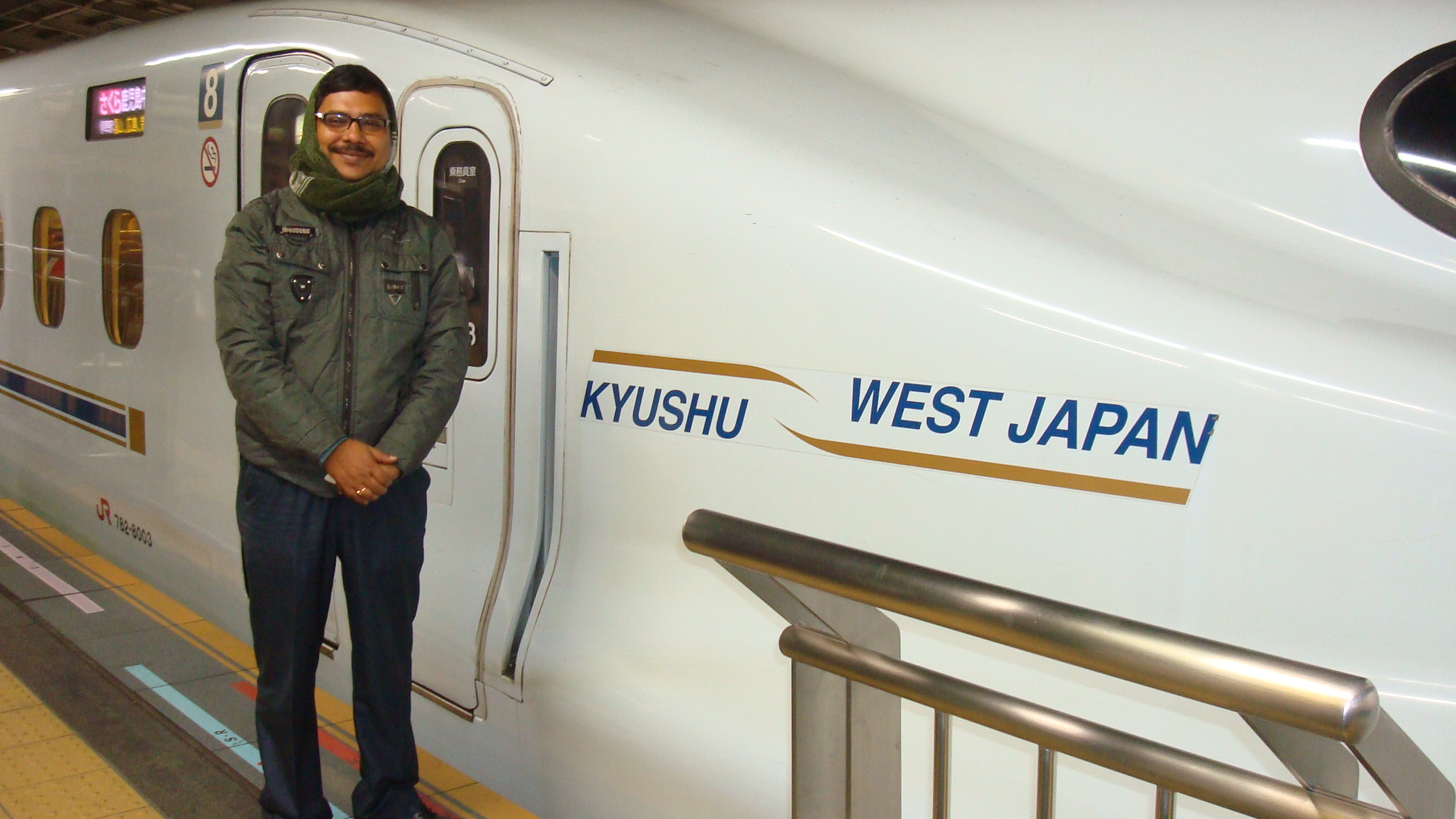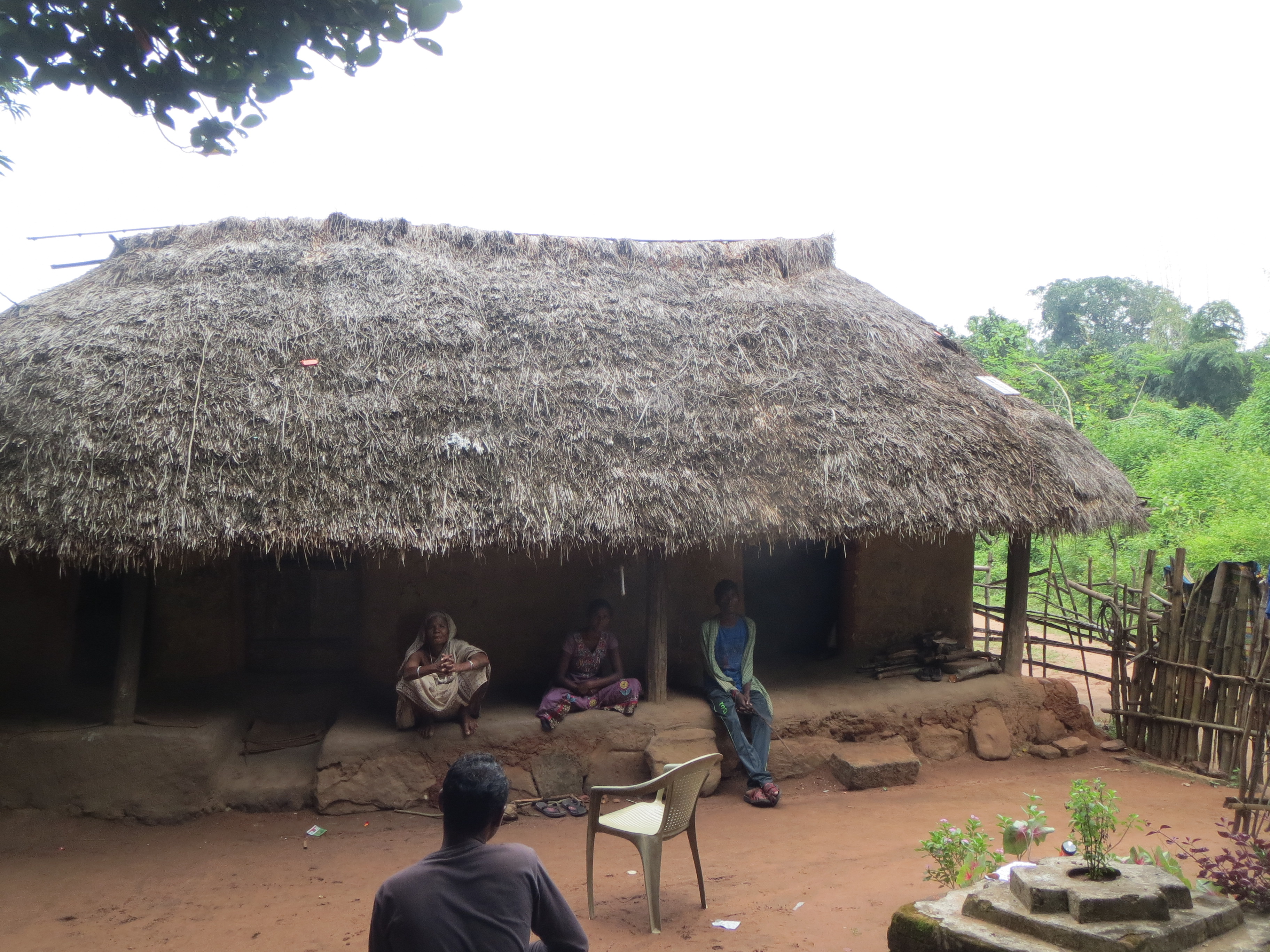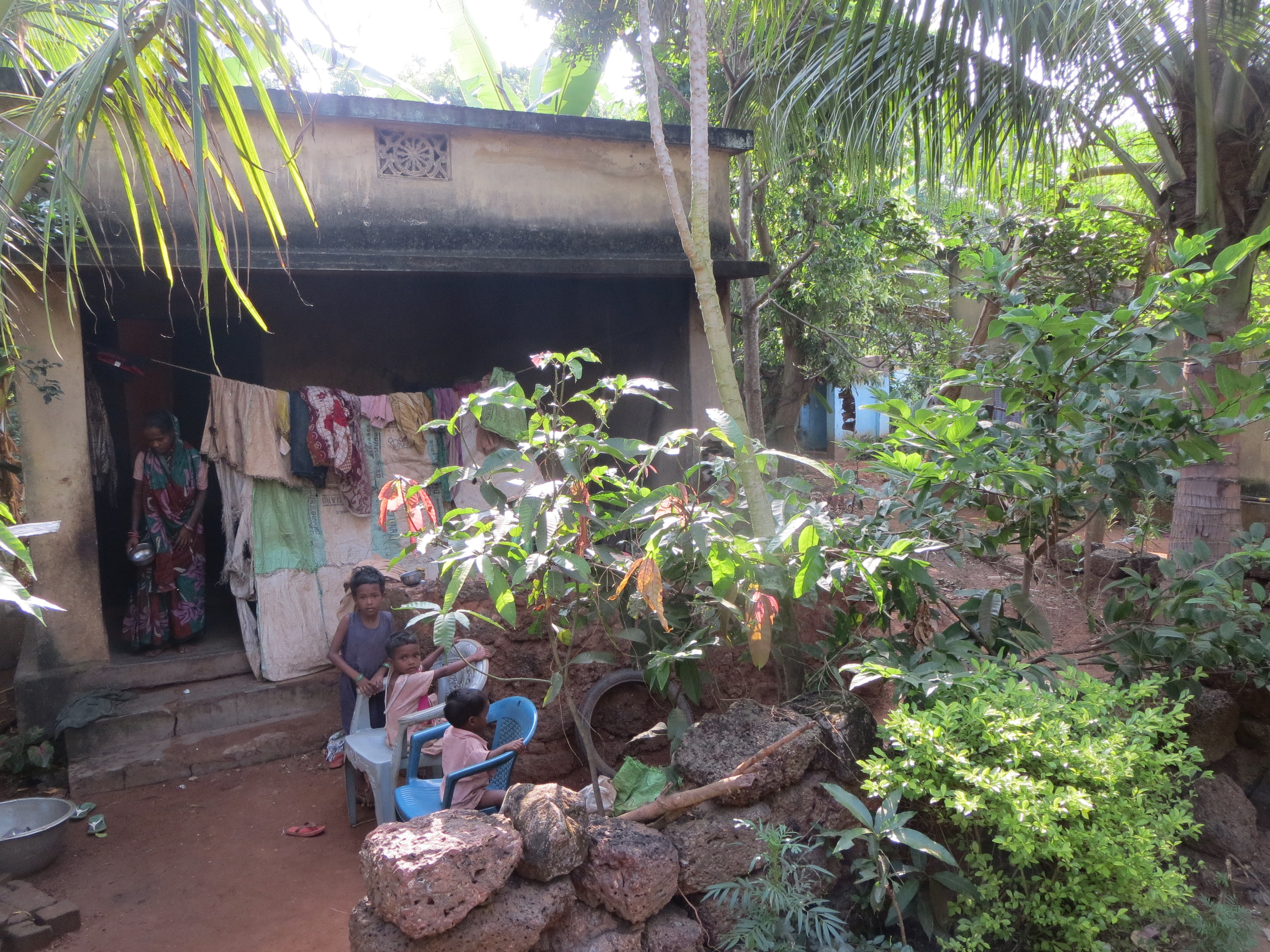Hidden Hunger
Published:
Did you know that hidden hunger affects millions? Indigenous knowledge offers key insights to tackle this challenge and boost community health!
Published:
Did you know that hidden hunger affects millions? Indigenous knowledge offers key insights to tackle this challenge and boost community health!
Published:
The Indian Government needs a balanced strategy (simultaneous action of ensuring food as well as building health and hygiene awareness) for Indian Tribes in combating COVID-19 crisis through community empowerment
Published:
Visit American Anthropological Association Webinar website: Its free to watch
Published:
I was so excited when I came to know that multiple Indigenous communities (Scheduled Tribes in India) living in close contact with cooperation in a single block namely Balarampur block of Purulia District of West Bengal, India during my fieldwork in the year 2016. Then I decided to meet all ethnic groups and I was succeeded. By observing them, I was wondering how they are living side by side withdifferent socio-cultural background with unique adaptability. This is a big story and unique opportunity to conduct research! Please contact if anyone interested. The groups are-
Published:
I wish to express my heartfelt gratitude and sincere thanks to Professor Zalilah Mohd Shariff for inviting me in UPM, Department of Nutrition and Dietetics, Faculty of Medicine and Health Sciences for delivering a talk on how culture is shaping the maternal and child health condition in India. It was wanderful experiences for me to deliver a lecture in a big auditorium in UPM and able to establish the need of cultural understanding in nutrition and health policiy in a nation. After my lecture, we discussed a lot for the future academic collaboration and then got the delicious taste of Traditional Cuisine like “Penang Assam Laksa”. Thanks to Dr Heng Yaw for accompaning me during that Lunch. Besides, my dream came true when I met Professor Khor Geok Lin, one of the so callled revolutionist in Malaysian Nutrition Planning, we spent nearly 2 hours and discussed over the current senario and future trends of food and nutrition research in south, south-east and Asia pacific countires. Lastly, I really thankful to my friend from Bangladesh Ashraful Bhai, who was serving as a research faculty in MAHSA University, Malaysia for providing me a very good hospitality. I truelly believe that Malaysian are so disciplined and cordial in nature in all respects. Only one wish I was not fulfil during my first visit that I was not able to meet with Professor Low, Editor in Chief of APJPH, Malaysia.
Published:
Japan, a land of peace was my first visit in Abroad. I went in Hiroshima during the April, 2014 for attending a Conference of Anthropology. I really enjoyed my whole trip through Osaka to Hiroshima specifically travelling in Bullet Train. I got huge inspriration from the Japanese people for their wholehearted cooperation, dedication and also fighting spirit.

Published:
Over a period of 15 years, I am working among the forest living scheduled tribes in Eastern and Central Parts of India. In course of my several field experiences, I stayed both in the forest settlements and rehabilitation sites. The major concern of both the groups is the trust, experiences and also motivation. In my early career around 2003, when I requested to the forest authority of Chandaka-Dompara Elephant Sancturay, Bhubaneswar, Odisha, India for giving me a permission to stay inside the forest villages in relation to my project, they always denied and shown me the forest restriction of the outsiders. They had the only one moto that how they could able to wipe-out the forest villagers out the forest without formulating a solid relabilitation package. In 2009, when a group of forest household came to inhabit outside the forest areas (Bhuasuni), initially they faced a lot of constrients for their survival in the new areas. However the efforts have been made by us along with the true perticipation of the villagers for growing the proper vegetation in the new sites but still failed to reconstruct their Sacred Grove and finally even through they came out side the forest areas but their mind is always keeping in the sacred grove located inside the forest areas. Now the question arises that whether planner are thinking over this issue simpathetically during forest rehabilitation or they are only looking into forest along with non human animals?

